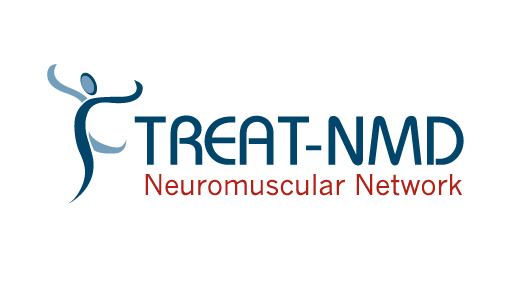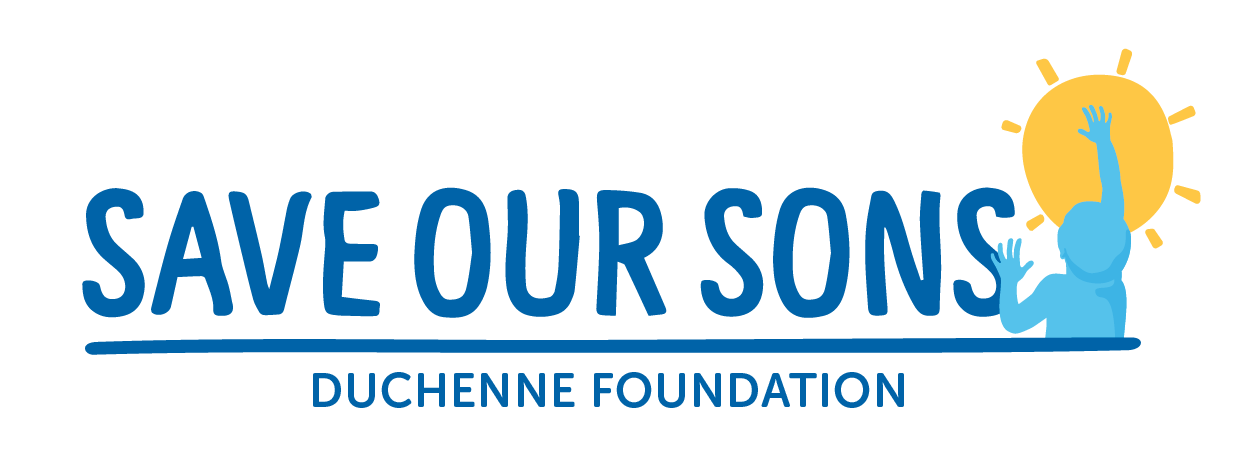FSHD
Facioscapulohumeral Muscular Dystrophy (FSHD) is the third most common type of muscular dystrophy. The name derives from the areas the disease affects- the face (facio), the shoulder blades (scapulo), and the upper arms (humeral). People with FSHD typically have weakness in muscles around the eyes and mouth, may have difficulty lifting one or both arms, and may have prominent shoulder blades. Uneven (asymmetric) muscle weakness in one side of the body (in these areas) is quite common. Over time, FSHD may progress and cause muscle weakness in the legs. FSHD affects approximately 1 in 20,000 people worldwide, and symptoms usually start to manifest from childhood to teenage years.
FSHD Type I
More than 95% of people with FSHD have Type I FSHD. This type of FSHD occurs due to a partial deletion of a stretch of DNA on the end of chromosome 4 (region 4q35). This disease is complicated in that the deleted DNA itself does not have a specific function, but rather affects the function of other genes – it acts as a regulator. The deletion of this stretch of DNA has both direct and indirect effects on other genes, creating a ‘butterfly’ effect of complications across the genome. Most importantly, some of the genes affected are involved in regulating muscle, and their malfunction causes the characteristic muscle weakness seen in FSHD patients.
FSHD Type II
A very small number of people with FSHD have Type II FSHD. This is caused by a mutation of a gene on chromosome 18, called the SMCHD1 gene. This gene acts as a regulator for the stretch of DNA on chromosome 4 (region 4q35) mentioned in Type I FSHD. When this SMCHD1 gene is mutated, it directly affects the regulation of the chromosome 4 DNA, and ultimately will also cause FSHD in a similar manner to Type I. The main difference between Type I and Type II is that in Type II, the chromosome 4 DNA has not been deleted; it is theinheritance of the faulty SMCHD1 gene that leads to FSHD.






